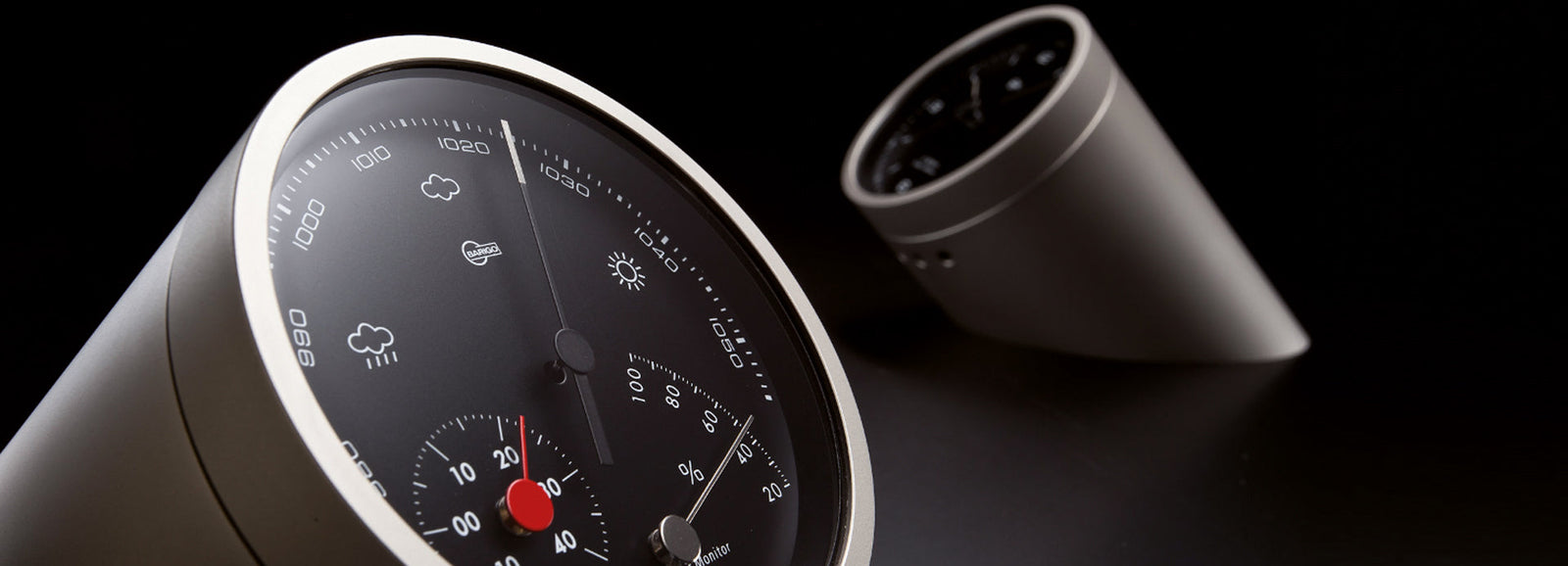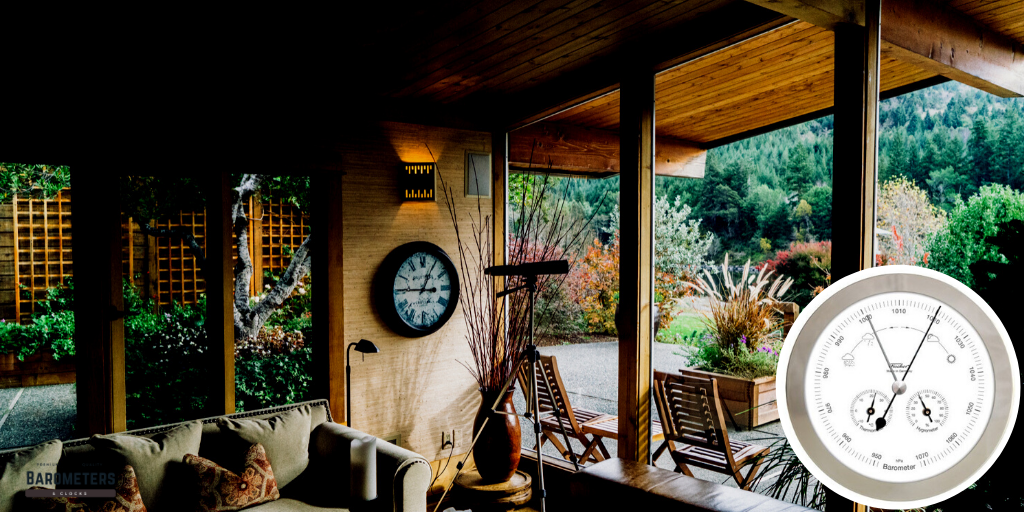5 Great Historical Facts about the Thermometer

In order to understand how the best quality Thermometers were created I thought it would be good to understand a little bit of history about the instrument. I thought I would share it with you in this blog.
-
Before the Themometer came and instrument called the Thermoscope The Thermocsope is best described as a thermometer without a scale. A Thermoscope only showed the differences in temperatures, for example, it could show something was getting hotter. However, the Thermoscope did not measure all the data that a thermometer could, for example an exact temperature in degrees. The Thermoscope looked like this:

- In 1612, the Italian inventor Santorio became the first inventor to put a numerical scale on his Thermoscope. It was designed to be placed in a patient's mouth for temperature taking when people got sick. It was not very accurate.
- In 1654, the first enclosed liquid-in-a-glass thermometer was invented by the Grand Duke of Tuscany, Ferdinand II. The Duke used alcohol as his liquid. However, it was still inaccurate and used no standardized scale. This thermometer looked like this:

- What can be considered the first modern thermometer, the mercury thermometer with a standardized scale, was invented by Daniel Gabriel Fahrenheit in 1714 Daniel Gabriel Fahrenheit was the German physicist who invented an alcohol thermometer in 1709, and the mercury thermometer in 1714. In 1724, he introduced the standard temperature scale that bears his name - Fahrenheit Scale - that was used to record changes in temperature in an accurate fashion. The modern thermometer looked like this:

- In 1742, the Celsius scale was invented by Swedish Astronomer Anders Celsius. The Celsius scale has 100 degrees between the freezing point (0°C) and boiling point (100°C) of pure water at sea level air pressure
Check out the 2018 version of Thermometers here:
Looking for a room thermometer for modern times? You can see our thermometer range here...We have a number of models with antique and modern feel to suit every interior. They are made from quality german parts that are built to last a lifetime.
Referenced from: https://inventors.about.com/od/tstartinventions/a/History-Of-The-Thermometer.htm
What did you think of this blog?
Leave us a comment so we know you stopped by. If you have any questions be sure to write them below







Leave a comment (all fields required)